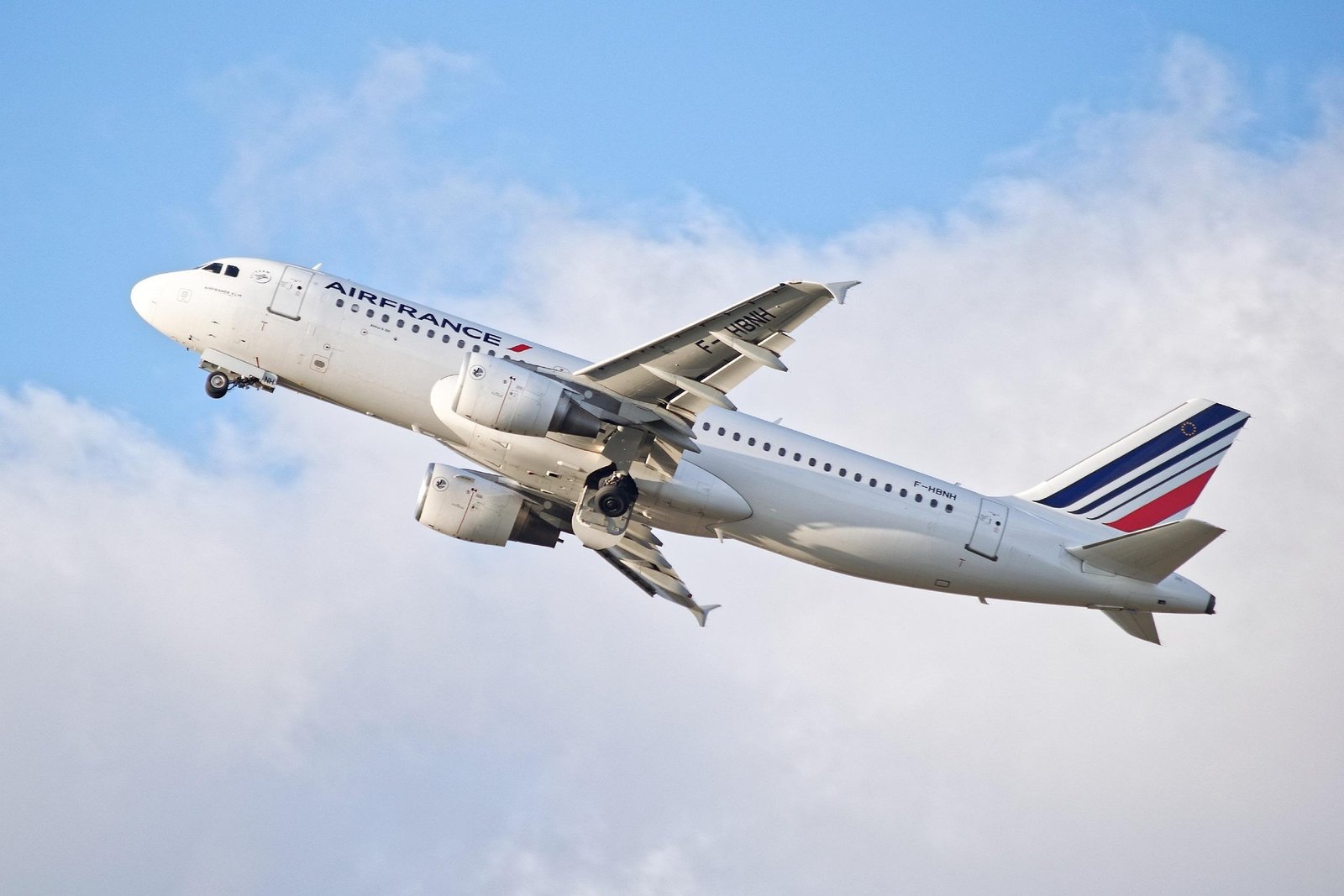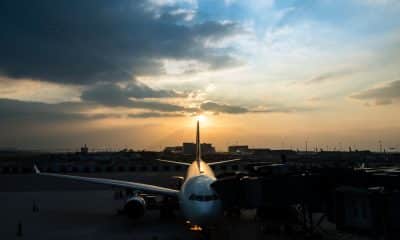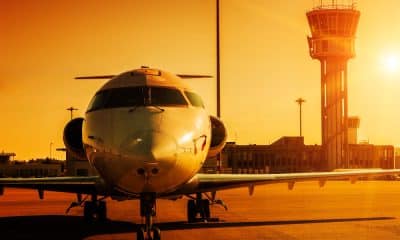Aviation
Air France AF136’s Oceanic U-Turn Stuns Passengers and Sends Aviation Industry Scrambling
What began as a routine journey from Paris to Chicago on Air France Flight AF136 turned into a stunning mid-air reversal over the Atlantic, leaving passengers bewildered and industry experts on high alert. On June 28, the Airbus A350-900 took off from Paris Charles de Gaulle Airport at 12:49 p.m. local time, destined for Chicago O’Hare. Nearly seven hours into its transatlantic journey, the aircraft abruptly turned around mid-flight between Iceland and Greenland. The reason? A clearance crisis that prevented the plane from landing in the U.S.
Clearance Crisis Over the Atlantic
While Air France initially cited “operational reasons” for the detour, multiple reports now confirm the aircraft lacked proper landing clearance at Chicago O’Hare International Airport. This rare and unsettling scenario sent shockwaves through the aviation world.
Regulatory oversight, lapses in air traffic coordination, or unforeseen bureaucratic errors are all potential culprits. In a post-pandemic era where the airline industry juggles evolving global rules, staffing shortages, and heightened safety protocols, even a slight misstep can trigger a significant disruption.
Passengers Left Reeling
For those on board, the incident was more than a logistical blip—it was a stressful and confusing experience. Families, tourists, and business travelers who expected to arrive in Chicago instead found themselves looping back toward Paris after over six hours in the air.
As Paris reappeared on the horizon, so did frustration. Travelers faced sleepless nights, missed events, and scrambled rebookings. Families waiting at Chicago O’Hare were left in limbo for hours as the flight status shifted from active to diverted.
Air France Moves Quickly to Rebook
Upon landing back in Paris, passengers were offered overnight hotel accommodations and were rebooked on flight AF4080, departing the following afternoon. While the airline’s quick action mitigated further chaos, the cost—both financial and reputational—is significant.
Airlines must now factor in the strain of last-minute rebookings, grounded crew hours, ripple effects from rescheduling, and heightened public scrutiny. Such events challenge the already delicate infrastructure that supports international air travel.
Industry Implications: A Warning Sign
This dramatic reversal underscores a broader truth: international aviation operates on a razor’s edge. As global air traffic intensifies, every flight depends on seamless regulatory alignment and real-time permissions across borders.
AF136’s story is not just about one missed clearance—it’s a wake-up call. Airlines, regulators, and airport authorities may now tighten compliance protocols, mandate clearance verifications before oceanic crossings, and increase transparency around in-flight disruptions.
Travelers too, are taking note. Long-haul passengers are advised to consider travel insurance, flexible booking options, and real-time tracking apps. AF136’s ordeal serves as a sobering reminder: even in 2025, the most advanced jets can be grounded by a single piece of missing paper.
Air France AF136 will be remembered not just for where it didn’t go, but for what it revealed about the fragile choreography behind modern global travel.









































Pingback: Chaos at Manchester Airport: Two EasyJet Planes Collide